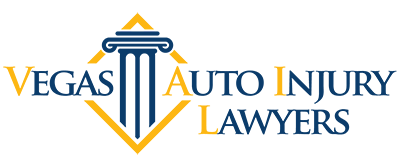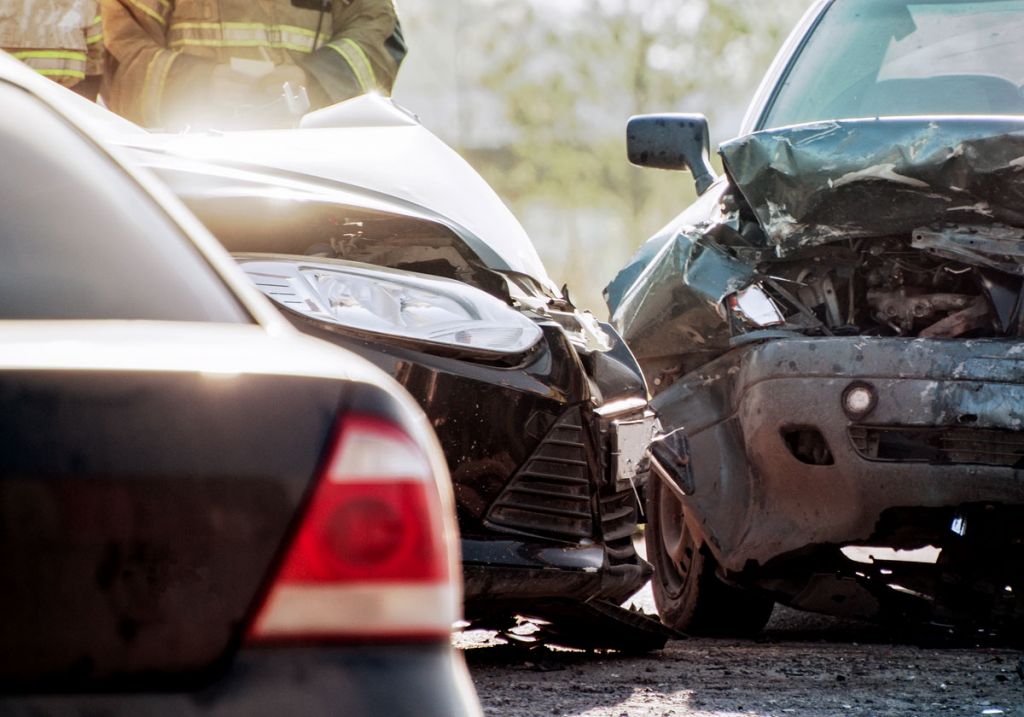What to do in a Uber or Lyft Accident
Experienced drivers may know exactly what to do when a traffic accident has occurred, but do you know what to do if you’re in an accident as a passenger in a rideshare car? The answer is a little more complicated, and we have the information that you need to ensure that your rights as a rideshare passenger are protected.
Immediately After a Rideshare Accident
The steps to take immediately after a rideshare accident are similar to those taken after any car accident.
- First, call 911 if there are any injuries. If able, check with other people involved in the accident to make sure they’re okay.
- Remember that some common car accident injuries, like whiplash and traumatic brain injuries, aren’t immediately obvious. If you have symptoms of injuries in the following days, see your doctor both for treatment and to have a record of the injury.
- Next, gather information. You’ll want the names, contact information and insurance information for everyone involved in the accident. This includes information for the personal insurance of the Uber or Lyft driver.
- Get photos and video of the scene. Get photos of accident damage to vehicles, of the scene itself and of every vehicle involved. These will be important if the accident requires further investigation.
- Get a police report. Many states mandate calling the police only if damage exceeds a certain cost threshold, but you’ll want to call the police and get a police report for these accidents no matter the amount of damage. This report will help substantiate any claims you end up making.
What To Do After an Uber Accident
The relationships between different insurances is complicated in Uber accidents and Lyft accidents. Uber requires all of their drivers to maintain personal auto insurance, and any driver without that insurance is deactivated and not permitted to drive for the company. Uber also has insurance to cover these kinds of accidents, but it’s what’s called “contingent liability” coverage. This means that Uber’s insurance will only cover your rideshare accident if the driver’s personal insurance denies the claim.
In most cases, you will contact the driver’s personal insurance company first, and may be able to complete the process through them. But a rideshare driver’s personal insurance only covers these accidents if they have an addendum to their policy to include a rideshare rider, and a lot of drivers do not have this added to their insurance policy, either because they don’t know they need it, or because they feel that they can’t afford it.
If you end up pursuing your claim through Uber’s contingent liability insurance, there are some important things to know. Uber’s insurance covers accidents differently across three phases of the rideshare process.
- Phase 1 includes the time from when the Uber driver signs in as available to the time at which they are matched with a rider. This is when the driver is in their car waiting for an assignment. This includes accidents involving other motorists or pedestrians, since by definition there is no rider in the car.
- Phase 2 is from the time the driver is paired with a rider to the time in which a rider is picked up. There is still no rider in the rideshare car, but the driver is on their way to pick a rider up.
- Phase 3 is when there is a rider in the car. Uber’s insurance will pay out differently depending on what phase the rideshare accident occurs in.
What To Do After A Lyft Accident
The basic steps to take after a Lyft accident are similar to those in an Uber accident, but the insurance functions a little differently. Lyft uses the same contingent liability type insurance from the time the driver signs into the app to the time when the driver picks up their passenger. Once a rider is in the car, Lyft’s primary liability coverage kicks in. Thus, Lyft has two phases of insurance coverage. As with Uber accidents, you’ll need to go through the driver’s personal insurance first.
What if The Other Driver is At Fault in a Rideshare Accident?
The above conditions are for when your Uber or Lyft driver is considered at fault for the rideshare accident. If the other driver is at fault, coverage depends on that driver’s insurance policy. Lyft also carries Uninsured Motorist (UM) and Underinsured Motorist insurance for cases in which the other driver does not have sufficient insurance to cover the accident. The UM and UIM coverage limits vary according to state law.
It’s important to note that Uber and Lyft drivers are considered independent contractors rather than employees, and because of this they are legally less responsible for the actions of their drivers. Both Uber and Lyft are for-profit entities, and their goal is to earn profits. Because of this, these companies may not have your best interests at heart.
Navigating an insurance claim when your Uber or Lyft driver gets into an accident can be complicated, and you may end up at a point where you don’t know what to do next. In the event of a rideshare accident, it’s best to contact an attorney who specializes in auto accidents, even if it’s just for a consultation.
At Vegas Auto Injury Lawyers, we care about ensuring that your rights are protected and that you receive the settlement that you’re entitled to. We have a collective 40 years of experience of helping accident victims in Las Vegas and Nevada, and are experts in our field. If you’ve had an auto or rideshare accident, please contact us to schedule a free consultation. We’re here to help you every step of the way.



